Molecular Mechanisms in Genetic Aortopathy–Signaling Pathways and Potential Interventions
Por um escritor misterioso
Last updated 14 abril 2025
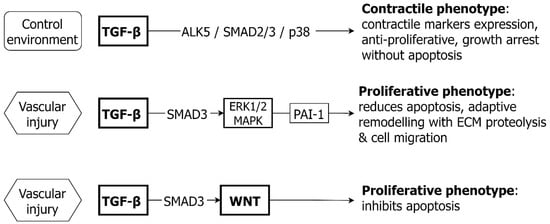
Thoracic aortic disease affects people of all ages and the majority of those aged <60 years have an underlying genetic cause. There is presently no effective medical therapy for thoracic aneurysm and surgery remains the principal intervention. Unlike abdominal aortic aneurysm, for which the inflammatory/atherosclerotic pathogenesis is well established, the mechanism of thoracic aneurysm is less understood. This paper examines the key cell signaling systems responsible for the growth and development of the aorta, homeostasis of endothelial and vascular smooth muscle cells and interactions between pathways. The evidence supporting a role for individual signaling pathways in pathogenesis of thoracic aortic aneurysm is examined and potential novel therapeutic approaches are reviewed. Several key signaling pathways, notably TGF-β, WNT, NOTCH, PI3K/AKT and ANGII contribute to growth, proliferation, cell phenotype and survival for both vascular smooth muscle and endothelial cells. There is crosstalk between pathways, and between vascular smooth muscle and endothelial cells, with both synergistic and antagonistic interactions. A common feature of the activation of each is response to injury or abnormal cell stress. Considerable experimental evidence supports a contribution of each of these pathways to aneurysm formation. Although human information is less, there is sufficient data to implicate each pathway in the pathogenesis of human thoracic aneurysm. As some pathways i.e., WNT and NOTCH, play key roles in tissue growth and organogenesis in early life, it is possible that dysregulation of these pathways results in an abnormal aortic architecture even in infancy, thereby setting the stage for aneurysm development in later life. Given the fine tuning of these signaling systems, functional polymorphisms in key signaling elements may set up a future risk of thoracic aneurysm. Multiple novel therapeutic agents have been developed, targeting cell signaling pathways, predominantly in cancer medicine. Future investigations addressing cell specific targeting, reduced toxicity and also less intense treatment effects may hold promise for effective new medical treatments of thoracic aortic aneurysm.

PDF] Vascular Smooth Muscle Cells in Aortic Aneurysm: From Genetics to Mechanisms

Genetics of Thoracic Aortic Aneurysm

Targeting Ferroptosis as a Novel Approach to Alleviate Aortic Dissection
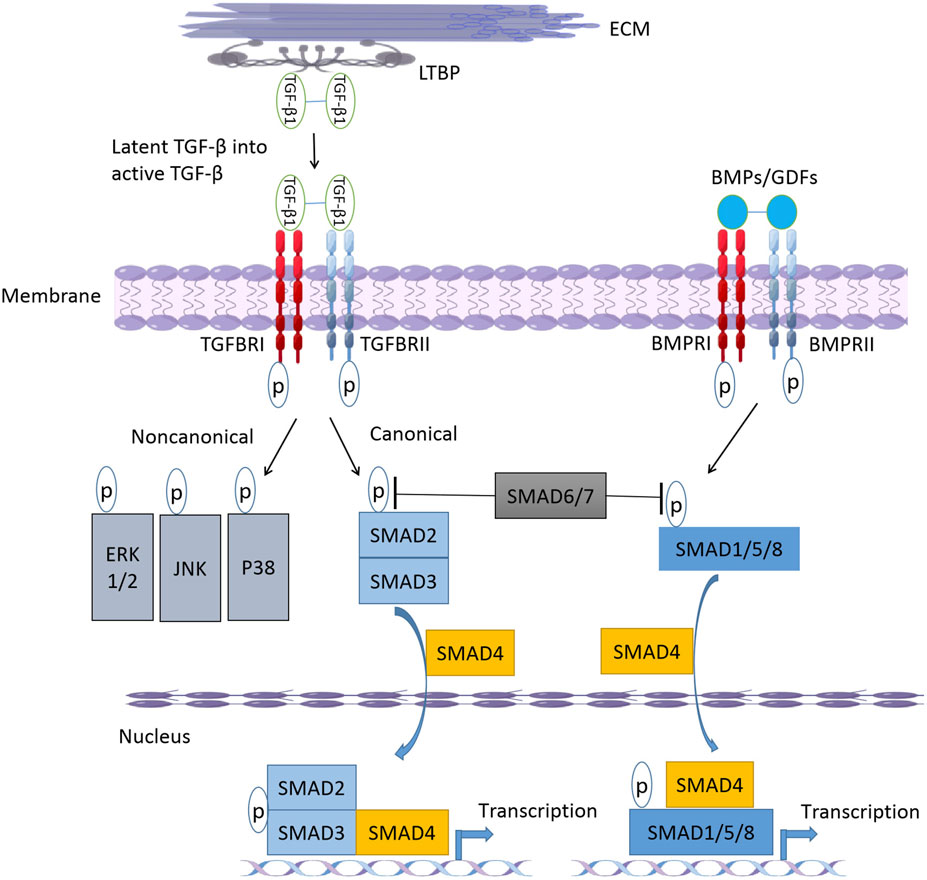
Frontiers Association of TGF-β Canonical Signaling-Related Core Genes With Aortic Aneurysms and Aortic Dissections
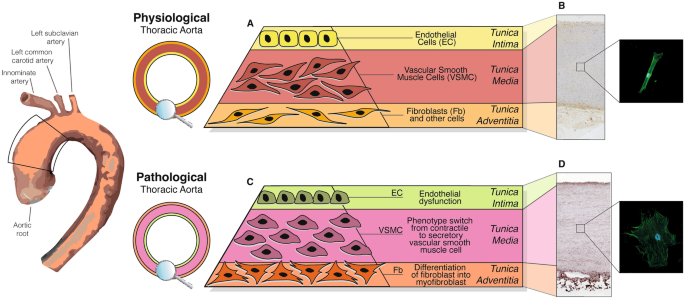
Multi-omics in thoracic aortic aneurysm: the complex road to the simplification, Cell & Bioscience

Mechanisms of Aortic Dilation in Patients With Bicuspid Aortic Valve: JACC State-of-the-Art Review

A Notch more: Molecular players in bicuspid aortic valve disease - Journal of Molecular and Cellular Cardiology
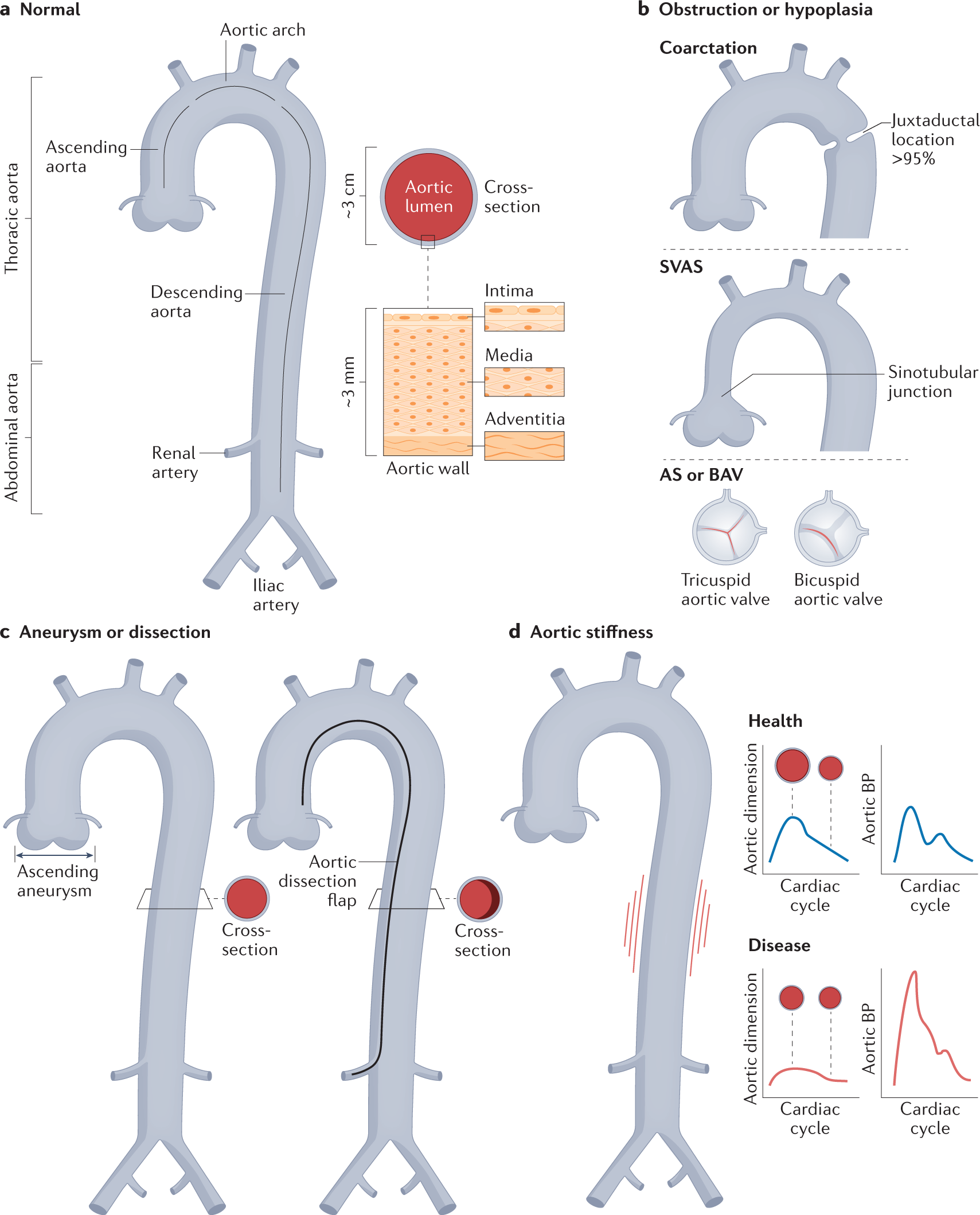
Genetics and mechanisms of thoracic aortic disease
Roles of mTOR in thoracic aortopathy understood by complex intracellular signaling interactions
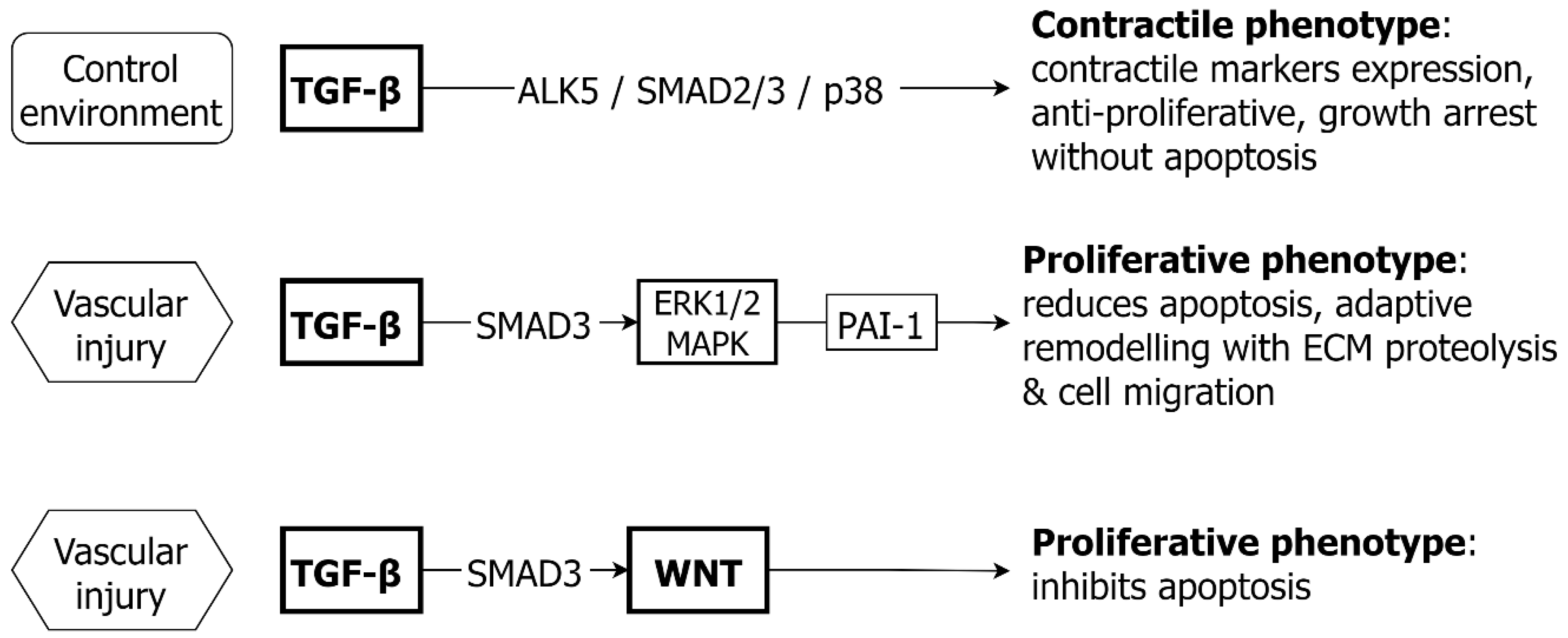
IJMS, Free Full-Text

Angiotensin II Type 2 Receptor Signaling Attenuates Aortic Aneurysm in Mice Through ERK Antagonism

Summary of the mechanisms of ANGII signaling pathways in EC. Excessive

Inherited Thoracic Aortic Disease: New Insights and Translational Targets. - Abstract - Europe PMC

TGF‐β/Smads signaling pathway, Hippo‐YAP/TAZ signaling pathway, and VEGF: Their mechanisms and roles in vascular remodeling related diseases - Liu - 2023 - Immunity, Inflammation and Disease - Wiley Online Library
Recomendado para você
-
 Linn da Quebrada é alvo de ataque transfóbico chocante em podcast14 abril 2025
Linn da Quebrada é alvo de ataque transfóbico chocante em podcast14 abril 2025 -
 Advogada da Linn da Quebrada, BBB 22, prestou queixa por transfobia contra a sister em podcast - O Hoje.com14 abril 2025
Advogada da Linn da Quebrada, BBB 22, prestou queixa por transfobia contra a sister em podcast - O Hoje.com14 abril 2025 -
 ARTHUR PETRY - Inteligência Ltda. Podcast #02714 abril 2025
ARTHUR PETRY - Inteligência Ltda. Podcast #02714 abril 2025 -
 Jornal O Alto Taquari - 30 de agosto de 2013 by Jornal O Alto Taquari - Issuu14 abril 2025
Jornal O Alto Taquari - 30 de agosto de 2013 by Jornal O Alto Taquari - Issuu14 abril 2025 -
 Veja a lista completa dos bilionários brasileiros de 2021 - Forbes14 abril 2025
Veja a lista completa dos bilionários brasileiros de 2021 - Forbes14 abril 2025 -
Igor fala para Arthur petry que tem medo de manda mensagem pro monark14 abril 2025
-
 Podcast:feat. Beatriz #04 - Pai Ausente:Arthur Petry14 abril 2025
Podcast:feat. Beatriz #04 - Pai Ausente:Arthur Petry14 abril 2025 -
 ARTHUR PETRY É GADO? Cortes do Flow14 abril 2025
ARTHUR PETRY É GADO? Cortes do Flow14 abril 2025 -
Errei Arthur Podcast on Spotify14 abril 2025
-
 Sapiranguense lança livro para inspirar pessoas na busca pela espiritualidade – Jornal Repercussão14 abril 2025
Sapiranguense lança livro para inspirar pessoas na busca pela espiritualidade – Jornal Repercussão14 abril 2025
você pode gostar
-
 Sonya Blade - Mortal Kombat 4 by ZabZarock on DeviantArt14 abril 2025
Sonya Blade - Mortal Kombat 4 by ZabZarock on DeviantArt14 abril 2025 -
 Topo de Bolo Redondo Minecraft14 abril 2025
Topo de Bolo Redondo Minecraft14 abril 2025 -
 Mangá Dragon Ball Super Nº 16 ( Em Português )14 abril 2025
Mangá Dragon Ball Super Nº 16 ( Em Português )14 abril 2025 -
 Cubo Mágico SIMBA Cubo Mágico 3X314 abril 2025
Cubo Mágico SIMBA Cubo Mágico 3X314 abril 2025 -
 Dead Space Digital Deluxe Edition on Xbox Series X14 abril 2025
Dead Space Digital Deluxe Edition on Xbox Series X14 abril 2025 -
:strip_icc()/i.s3.glbimg.com/v1/AUTH_08fbf48bc0524877943fe86e43087e7a/internal_photos/bs/2021/H/f/HlZxAgQeK3LA6y7eAS5A/2014-05-05-super-mario-world-1.jpg) Super Mario World: confira a evolução do clássico jogo do encanador14 abril 2025
Super Mario World: confira a evolução do clássico jogo do encanador14 abril 2025 -
 Madness14 abril 2025
Madness14 abril 2025 -
 God of War Ragnarok Sequel Possibly Teased by Tyr Voice Actor14 abril 2025
God of War Ragnarok Sequel Possibly Teased by Tyr Voice Actor14 abril 2025 -
 Será revelado novo Lendário para Pokémon Sword e Shield no final de Fevereiro14 abril 2025
Será revelado novo Lendário para Pokémon Sword e Shield no final de Fevereiro14 abril 2025 -
 Donkey shrek hi-res stock photography and images - Alamy14 abril 2025
Donkey shrek hi-res stock photography and images - Alamy14 abril 2025

